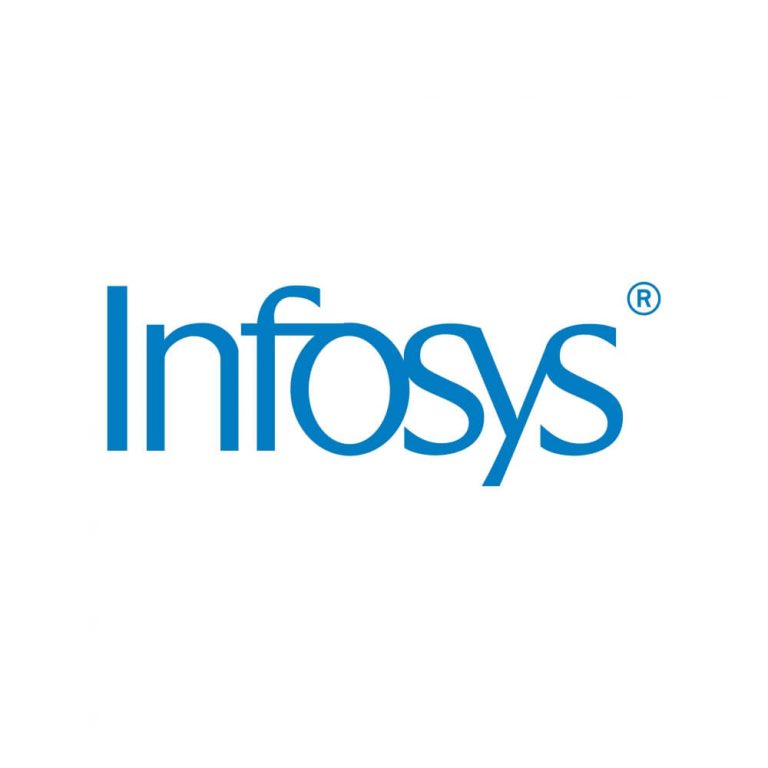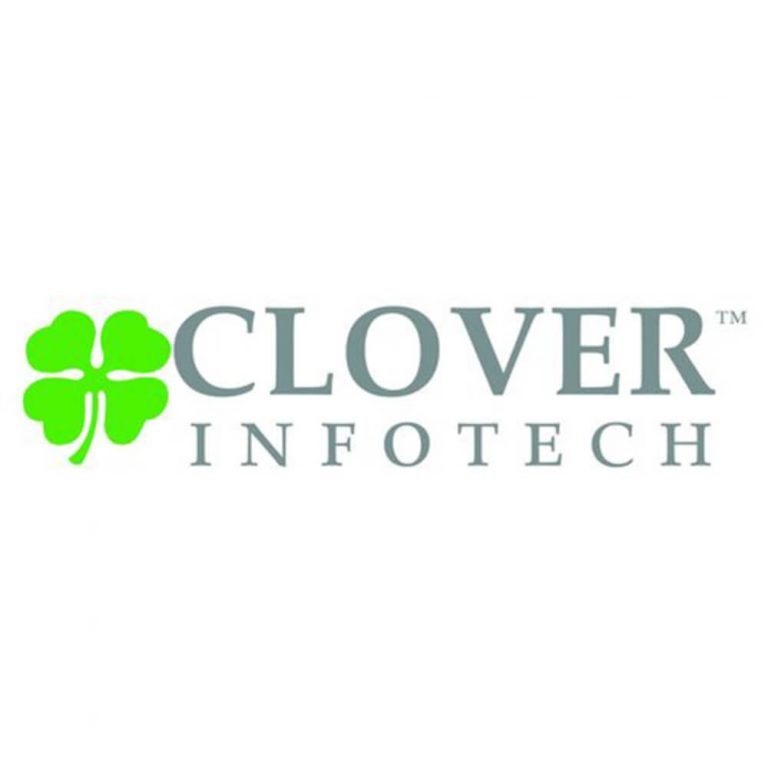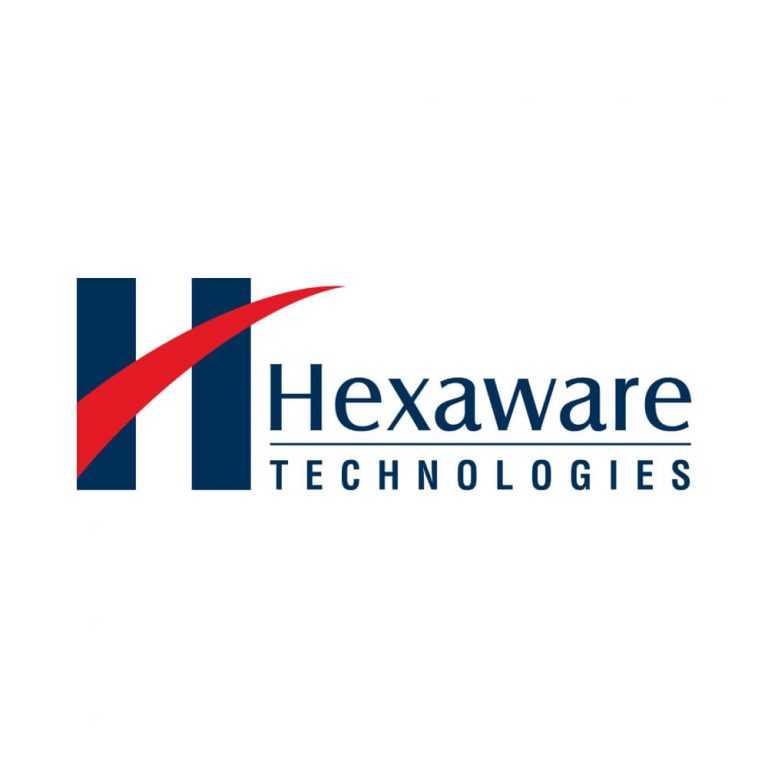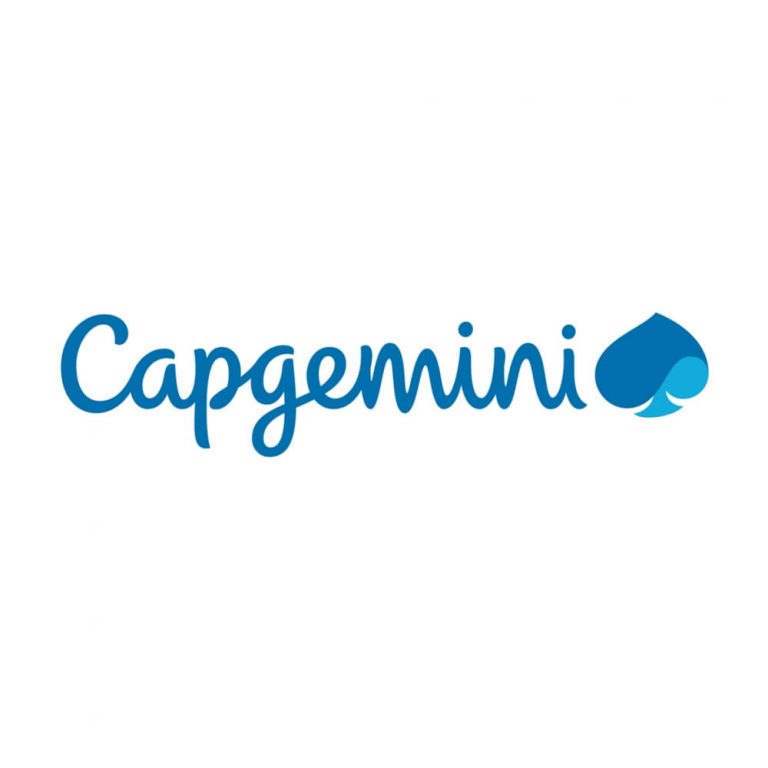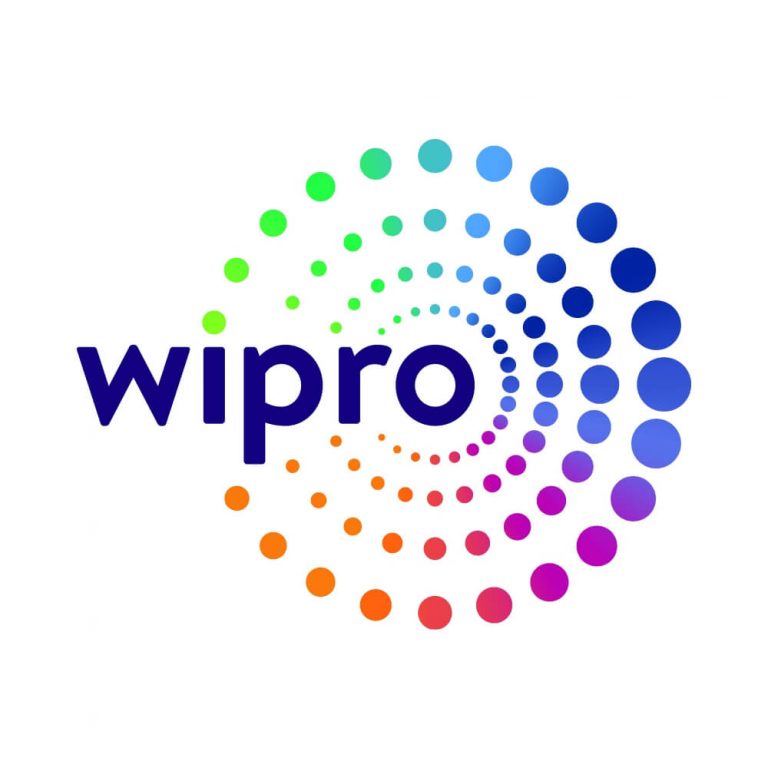
Course Information
Software development is the process of conceiving, specifying, designing, programming, documenting, testing, and bug fixing involved in creating and maintaining applications, frameworks, or other software components.
Following professionals can go for it:
- Fresher’s
- IT Experts
Eligibility: 10+2 or equivalent, undergraduate or graduate
Lecture Duration: 8 months
Placement: 100% Placement Assistance
Job Profile: web developer, database support engineer, technical support engineer, software developer
Placement: 100% Placement Assistance
IT Fundamentals and Concepts
Introduction to Computer Fundamentals
• Components of a PC and their functions
• Number system
• Operating System
• Internetworking and Network
Programming Logic and Techniques
Introduction to Computers
• Why programming languages?
• Software Engineering
• Problem Solving
• Overview of Programming Languages
• Programming Paradigms
• Procedure oriented Programming
• Object oriented Programming
• Structuring of a Program
• Introduction to data Management concepts
• Database Management Systems (DBMS)
• Data mining
• Data warehousing
• Quality and Characteristics
Programming in C
- Data types
- Operators
- Control Structures
- Loop Control Structure
- Arrays
- Functions
- Library Functions
- Recursion
- Structures in C
- Structure and Arrays
- Structure and Functions
- Pointers in C
- Function Pointer
- Macros and Storage Class
- File Inclusion
- Storage Classes
- Files Input/output
- Console I/O and File I/O
- Command line arguments
- Creating your own command
- Data Structure
- Stacks and Queues
- Linked List
Programming in C++
- Types of programming language
- Compiler and Interpreter
- Introduction to OOP
- Characteristics of OOP
- Advantages of OOP
- Introduction to C++
- Function overloading
- Classes and Objects
- Scope resolution operator
- Constructors and Destructors
- Operator Overloading
- Overloading the + operator
- Overloading the == operator
- Friend functions / classes
- Overloading <>
- Dynamic Memory Management
- Miscellaneous class issues
- The const data member
- The static data members
- Inheritance
- Virtual Base Classes
- Dynamic Binding
- Polymorphism
- Upcasted pointer
- Size of an object, VTABLE, VPTR
- C++ I/O formatting and File Handling
- cin, cout revisited
- manipulators
Introduction to RDBMS
- DBMS- Database Management System- definition
- Types of data models
- Entity – relationship model
- Entity – relationship diagram to tables
- Normalization
Introduction to SQL
- SQL server tools
- Querying data from a single tables
- Querying data from multiple tables
- Managing databases and tables
- Manipulate data in tables
- Views and Indexes
- Store procedures and functions
- Triggers and transactions
- Managed code implementation
- Services for message based communication
HTML
- Introduction
- Understanding & using HTML
- HTML headings
- HTML Comment
- HTML Paragraphs
- HTML Line Breaks & Rules
- HTML Tags
- HTML Tables
- HTML Nesting
- HTML Forms
DHTML
- Introduction to DHTML
- DHTML JavaScript
- DHTML HTML DOM
- DHTML Events
- DHTML CSS
- DHTML Examples
CSS
- What is CSS?
- CSS Comments
- Three Ways to Insert CSS
- Multiple Style Sheets
- CSS properties used for background effects:
- Text
- CSS Font Families
- CSS Links
- CSS Lists
- Table Borders
- CSS Padding
JavaScript
- Introduction to JavaScript
- Statements and Variables
- Operators
- Conditional Statements
- Popup Boxes
- Arrays
- Events and Functions
- JavaScript Form Validation
- JavaScript Exceptions
Database Development in MS-SQL Server
- SQL Server 2005 / SQL Server 2008 Overview
- Transact SQL (TSQL) – the Basics
- Views
- Stored Procedures
- User Defined Functions
- Triggers
- TSQL Enhancements
- Monitoring your SQL Server
- Messaging with the SQL Server 2005 / SQL Server 2008 Service Broker
- Using SQL Server 2005 / SQL Server 2008 Integration
- XML-Based Solutions
- Web Services and HTTP Endpoints
- Programming with Notification Services
- SQL Server with .NET • Building SQL 2005/2008 Client Applications
- SQL Management Objects
- SQL 2005/2008 Reporting Services
Core Java
Fundamentals of Core Java Programming
- Introduction to java
- Primitive Data Types and Operations
- Operators in Java
- Control Statements
- Input and Output
- Methods in Java
- Arrays
- String &StringBuffer Object-Oriented Programming
- Introduction OOPs
- Object and Classes
- Class Inheritance and Interfaces
- Polymorphism
- Encapsulation
- Abstract class
- Garbage Collection
Developing Comprehensive Projects
- Packages
- Exception Handling
- The Collection Framework
- Streams and Files
- Threads
Programming Using C#
- Evolution and Overview of .Net Framework
- Introduction to C#
- Data Types and Control flow
- Arrays, Methods and Parameters
- Enumerations and Structs
- Classes and Objects
- Inheritance & Interfaces
- Generics & Collections
- Exception Handling
- File Handling
- XML and
.Net Framework
- Delegates and Events
- Multithreading
- Reflection & Serialization
- NET Interoperability
- Remoting
- Garbage collection and Memory Management
- ADO.Net
- WebServices
eXtensible Markup Language (XML)
- Introduction to XML
- Syntax
- Elements
- Attributes Schema
- Simple Types
- Complex Types
- Data Types
- Namespaces SAX
- SAX API
- Event Handlers DOM
- DOM API
- DOM Tree Navigation JAXP
- JAXP API
- SAX Parser Xpath
- Xpath nodes and syntax
- Xpath axes and operators Xquery
- Xquery terms and syntax
- Xquery selecting and filtering XSLT
- XSL
- XSLT Elements
Java Professional Track
Advanced Java
Multithreading
- What Are Threads?
- Interrupting Threads
- Thread Properties
- Thread Priorities
- Selfish Threads
- Synchronization • Deadlocks
- User Interface Programming with Threads
- Using Pipes for Communication between Threads Collections
- Collection Interfaces
- Concrete Collections
- The Collections Framework
- Algorithms
- Legacy Collections Networking
- Connecting to a Server
- Implementing Servers
- Sending E-Mail
- Advanced Socket Programming
- URL Connections
- Posting Form Data
- Harvesting Information from the Web
Database Connectivity: JDBC
- The Design of JDBC
- The Structured Query Language
- Installing JDBC
- Basic JDBC Programming Concepts
- Executing Queries
- Scrollable and Updatable Result Sets
- Metadata
- Transactions
- Advanced Connection Management Remote Objects
- Remote Method Invocations
- Setting Up Remote Method Invocation
- Parameter Passing in Remote Methods
- Using RMI with Applets
- Server Object Activation
- Java IDL and CORBA Advanced Swings
- Lists
- Trees
- Tables
- Styled Text Components
- Component Organizers Advanced AWT
- The Rendering Pipeline
- Shapes
- Areas
- Strokes
- Paint
- Coordinate transformations
- Clipping
- Transparency and Composition
- Rendering Hints
- Reading and Writing Images
- Image Manipulation
- Printing
- The Clipboard
- Drag and Drop JavaBeans
- Why Beans?
- The Bean-Writing Process
- Using Beans to Build an Application
- Naming Patterns for Bean Properties and Events
- Bean Property Types
- Adding Custom Bean Events
- Property Editors
- Going Beyond Naming Patterns
- Customizers
- The Bean Context Security
- Class Loaders
- Bytecode Verification
- Security Managers and Permissions
- Digital Signatures
- Code Signing
- Encryption
J2EE Architecture
Introduction to J2EE Architecture
- Overview
- Web Application and Http Basics
- Distributed Multitiered Applications
- J2EE Components
- J2EE Containers and Services
- Packaging and Deployment API in J2EE
List of API IN J2EE:
- SERVLET, JSP, JNDI, JSTL, JDBC, JMS,JCA, JSF, EJB3,
- JMX, RMI-II0P, JAVA-IDL, JAX-RPC, JAXP, STAX, JAAS
- Servlets and Java Server Pages
- Understanding Java Servlets
- Understanding Java Server Pages
- Tomcat and Jboss Basics (Installation) EJB3 Session beans:
- What is EJB.
- Types of EJB
- What is simplified EJB 3.0 API
- Session bean Stateless session bean
- Develop a Message digestfunctionality using stateless session bean.
- Stateless session bean
- What is Stateful session bean
- Develop a Calculator functionality using statelful session bean
- Stateful session bean Entiry bean
- What is Entity.
- Entity verses session beans
- Entity beans
- The EntityManager API
- Entity Instance’s life cycle
- Entity Instance Creation
- Primary Keys and Entity Identity JAVA MESSAGE SERVICE API
- Overview
- What Is Messaging?
- When Can You Use the JMS API?
- Basic JMS API Concepts
- JMS API Architecture
- The JMS API Programming Model
- Administered Objects
- Connections
- Sessions
- Message Producers
- Message Consumers
- Writing Simple JMS Client Applications JAVA SERVER FACES
- Introduction to JSF
- JSF Features
- JSF for Web Application
- JSF components
- JSF Tags, Life Cycle & Architecture
- JSF Renderers
- JSF HTML Tag Reference
- JSF Core Tag Reference
- JSF Facelet Rag Reference
- JSF Navigation, JSF with Ajax
DotNet Professional Track
Developing Web Applications using ASP.NET
- Introduction to Web-Programming and Working with ASP.NET
- Building ASP.NET pages
- Designing ASP.NET Websites
- Performing Data Access
- Building ASP.NET Components
- ASP.NET Site Navigation Control
- Building ASP.NET Application
- Custom Control Building in ASP.NET
- Globalization
- Web services
- ASP.NET Configuration Settings Active X Data Object.NET
- Introduction to ADO.NET
- ADO.NET Data Access
- Datasets
- Updating Database
- XML
- Transactions
- Data Binding
Windows Forms Application
- Window Forms in Visual Studio .NET
- Windows Forms – Settings
- Forms
- Dialogs
- Drawing Basics
- Printing
- Controls
- Design-Time Integration
- Data Binding and Data Grids
- Multithreaded User Interfaces
- Web Deployment Language Integrated Query (LINQ)
- What is LINQ?
- LINQ to Objects
- LINQ to XML
- LINQ to SQL
- LINQ to Entities Windows Presentation Foundation (WPF)
- Create a WPF application
- Create new controls in a WPF application
- Add graphics and multimedia support to a WPF application
- Configure and deploy WPF applications Windows Communication
Foundation (WCF)
- Fundamentals of WCF
- Introduction to WCF
- Bindings in WCF
- Contracts in WCF
- Creating simple WCF application
- Project
PHP Professional Track
PHP Overview of PHP
- Developing Dynamic Internet Applications
- Overview of PHP Advantages & Capabilities Basic Scripting & Looping Constructs
- PHP Scripting Fundamentals
- Constants, Variables and Looping Constructs PHP Operators
- Logical Operators
- Relational Operators
- Bitwise Operators Conditional Constructs Arrays in PHP
- Initializing Arrays
- One-dimensional Arrays
- Multidimensional Arrays
- Array Functions PHP Functions
- Recursion
- Dynamic Function Calls
- Predefined PHP Functions
- Mailing Functions Classes And Objects
- Objects
- Interfaces
- Overloading
- Reflection File Handling
- Changing and Editing File Contents
- String Functions
- Regular Expression Functions
- Reading, Writing and Deleting Files
- Handling File Permissions
- File Locking Working with Databases and Forms
- Configuring PHP For Database Support
- ODBC Using Cookies with PHP Miscellaneous PHP Tasks
MySQL
Overview of MySQL
- What is MySQL?
- History of MySQL
- The Main Features of MySQL
- Create & Manage Database and tables
- Connecting to and Disconnecting from the Server Data Types Functions and Operators SQL Statement
Syntax Data Definition Statements
- Data Manipulation
- Statements & Control Statements
- Stored Procedures & Functions ?
- Stored Routines and the Grant Tables ?
- Triggers Views ?
- Using PHP MyAdmin to configure
- MySQL Functions and Operators
- Introduction to AJAX
Angular-5
Getting Started
- Course Introduction.
- What is Angular?
- Angular vs Angular 2 vs Angular 4+
- Project Setup and First App.
- Editing the First App.
- The Course Structure.
- What is TypeScript.
- A Basic Project Setup using Bootstrap for Styling
The Basics
How an Angular App gets Loaded and Started Components
Components
Using Custom Components
Creating Components with the CLI & Nesting Components
Working with Component Templates
Working with Component Style
Assignment 1: Practicing Components
What is Databinding
- String Interpolation
- Property Binding
- Property Binding vs String Interpolation
- Event Binding
- Bindable Properties and Events
- Passing and Using Data with Event Binding
- Two-Way-Databinding
- Important: FormsModule is Required for Two-Way-Binding
- Combining all Forms of Databinding
Assignment 2: Practicing Databinding
- Understanding Directives
- Using ngIf to Output Data Conditionally
- Enhancing ngIf with an Else Condition.
Components & Databinding Deep Dive
- Splitting Apps into Components
- Property & Event Binding Overview
- Binding to Custom Properties
- Assigning an Alias to Custom Properties
- Binding to Custom Events
- Assigning an Alias to Custom Events
- Custom Property and Event Binding Summary
- Understanding View Encapsulation
- More on View Encapsulation
- Using Local References in Templates.
- Getting Access to the Template & DOM with @ViewChild.
- Understanding the Component Lifecycle
Lifecycle Hooks
Assignment 3: Practicing Property & Event Binding and View Encapsulation
Directives Deep Dive
- ngFor and ngIf ngClass and ngStyle
- How to create a Basic Directive
- Using Services & Dependency Injection Why would you Need Services?
- Creating a Logging Service
- Injecting the Logging Service into Components Creating a Data Service
- Understanding the Hierarchical Injector
- How many Instances of Service Should It Be? Injecting Services into
- Services
- Using Services for Cross-Component Communication
Assignment 4: Practicing Services
Changing Pages with Routing
- Why do we need a Router?
- Understanding the Example Project.
- Setting up and Loading Routes.
- Navigating with Router Links.
- Understanding Navigation Paths.
- Styling Active Router Links.
Navigating Programmatically
- Using Relative Paths in Programmatic Navigation Passing Parameters to Routes
- Fetching Route Parameters
- Fetching Route Parameters Reactively
- An Important Note about Route Observables Passing Query Parameters and Fragments Retrieving Query Parameters and Fragments Setting up Child (Nested) Routes
- Using Query Parameters – Practice Configuring the Handling of Query Parameters Redirecting and Wildcard Routes
- Important: Redirection Path Matching An Introduction to Guards
- Protecting Routes with canActivate
- Protecting Child (Nested) Routes with canActivateChild Using a Fake Auth Service
Controlling Navigation with canDeactivate
- Handling Forms in Angular Apps
- Template-Driven (TD) vs Reactive Approach
- TD Forms
Assignment 5: Practicing Template-Driven Forms
- Introduction to the Reactive Approach
- Reactive Forms
Assignment 6: Practicing Reactive Forms
- Using Pipes to Transform Output
- Introduction & Why Pipes are Useful Using Pipes
- Making Http Requests
- Introduction & How Http Requests Work in SPAs
- Sending Requests (Example: POST Request)
- Adjusting Request Headers
- Sending GET Requests Sending a PUT Request
- Transform Responses Easily with Observable Operators (map())
- Using the Returned Data
- Catching Http Errors
- Using the “async” Pipe with Http Requests.
Authentication & Route Protection in Angular Apps
- How Authentication Works in Single-Page-Applications
- Creating a Signup Page and Route
- Setting up the Firebase SDK Signing Users Up
- Signin Users In
- Requiring a Token (on the Backend) Sending the Token
- Checking and Using Authentication Status
- Adding a Logout Button
- Route Protection and Redirection. Wrap Up
- The HttpClient (ANGULAR 5 Addition Bonus SECTION)
- Request Configuration and Response.
- Requesting Events.
- Setting Headers.
- Interceptors.
Software Testing
Duration: 12 hrs.
Software Development Life Cycle :
- What are the different phases of SDLC?
- How does the process of Software Development Start?
- Project Initiation
Requirement Gathering and Analysis
- What is Requirement document and what it contains?
- What is use case document and what it contains?
- What is Basic path and Alternate Path?
- Role of Business Analyst
- Example for explaining each phase
- Role of technical specification team
- What is Technical specification document?
What is System Design?
- Role of Design team
- What is design document?
- Role of architecture team
System development
- Role of development team
- Deliverable of Development phase
System testing
- Role of testers and types of testing
- User acceptance testing
- System deployment
System maintenance
- Events in the maintenance phase like bug fixes
Software Testing Life Cycle
- How are the phases of STLC carried out?
- What is testing?
- Role of testers
- Why do we need to test?
- Activities involved in the testing phase
What is test plan and test case document?
- Steps of test case execution
- What does test case document contain?
- How to write test case document?
- What is required to test any application?
TEST CASES
- What is test case?
- What does test case document contain?
- How to write test case document?
- Different test case techniques
TEST PLAN
- What is Test Plan?
- How to write test plan document?
- What does the test plan document contain?
- Who writes and approves the test plan document?
- How manage the test case documents?
- What is the pass/fail criterion?
TYPES OF TESTING
- Different Phases of testing
- What is unit testing?
- What is Minimum acceptance testing?
- What is integration, system and system integration testing?
- What is User acceptance testing?
- What is Regression Testing?
DEFECT ANALYSIS
- What is a defect?
- Various Defect tracking tools
- How to use the defect tracking tools?
- How to enter the details of defect in the defect tracking tool?
- How to identify a defect?
- What is severity and priority?
TRACEABILITY MATRIX
- What is Traceability Matrix[TM]?
- Who Prepares the TM document?
- What is the reference for writing TM?
- What is the use of TM?
- What is present in the TM document?
- Sample TM
- Tools used for developing TM
IIHTKharghar is happy to help you for online software development certification and training. Unlock the skills of software development.

